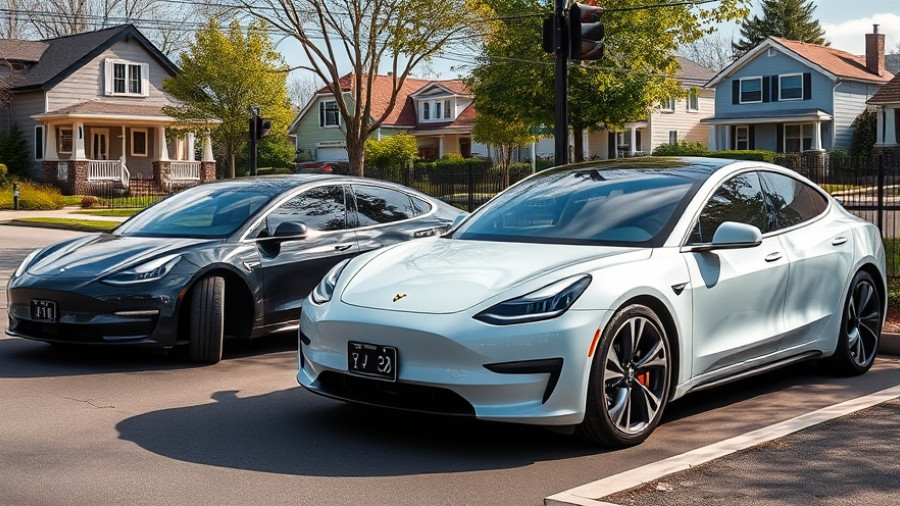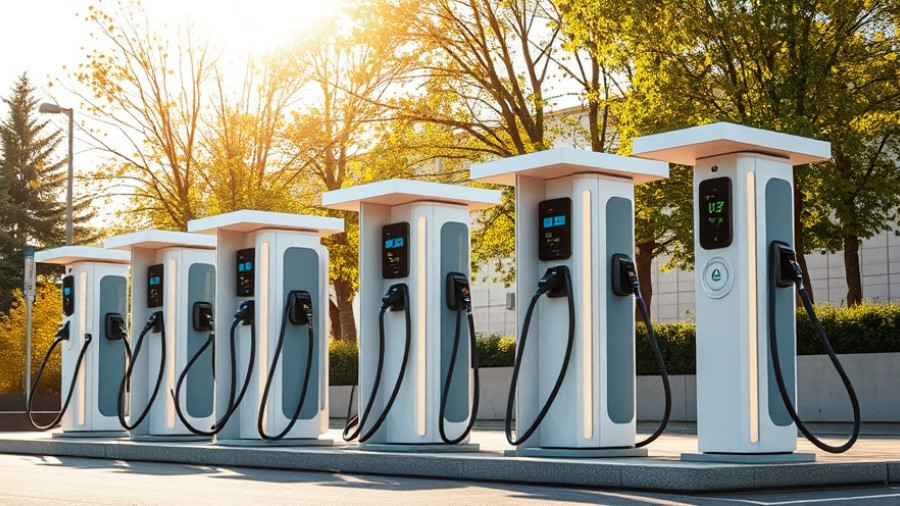
The Arrival of the Citroën ë-C5 Aircross: A Green Leap Forward
Citroën has officially opened the order books for its much-anticipated ë-C5 Aircross in the UK, signifying a notable step forward in the amalgamation of electric vehicles (EVs) and hybrid technology. Priced from £34,065, the ë-C5 Aircross can be configured as both a battery-electric vehicle (BEV) and a hybrid, catering to different customer preferences while promising an impressive range and comfort features.
Exploring the Technical Specifications and Features
The ë-C5 Aircross is equipped with a robust 210 HP electric motor and offers a compelling range of up to 322 miles on a single charge. Customers have their pick from three trim levels: ‘YOU!’, ‘PLUS’, and ‘MAX’. Each variant presents appealing comfort features, ensuring a blend of functionality and luxury without significant technical differences. For instance, even the base model is rich with features, including a 13-inch touchscreen for navigation, adaptive cruise control, and a high-quality interior design.
For those seeking additional comforts, the ‘PLUS’ trim enhances the experience with premium fabrics and dynamic lighting options, while the ‘MAX’ variant elevates the driving experience even further with advanced HUD technologies and heated front seats. The availability of a long-range version, predicted to achieve up to 421 miles per charge with a 230 HP motor, only adds to the appeal of this innovative model.
Hybrid Options: Bridging Transition to Full Electrification
Citroën's hybrid variant also showcases the manufacturer's commitment to greener transportation solutions. Built to deliver an electric range of up to 53 miles, the hybrid option runs on a combination of a 110-kW petrol engine and a 92-kW electric motor, contributing to a flexible driving experience. With a price starting at £30,495, this model serves as a transitional vehicle for consumers easing into the electric revolution.
Market Trends and the Future of EVs and Hybrids
This development comes at a time when the automotive industry is witnessing a significant shift toward environmentally friendly vehicles. As more consumers become eco-conscious, embracing sustainable energy sources like solar for charging will likely encourage the growth of EVs. This is complemented by enhancing EV infrastructure, including more charging stations, which supports the practicality of owning electric vehicles.
The UK government’s push for greener technologies, as seen in various initiatives and incentives, plays an essential role in this shift. It is not just about the cars but the entire ecosystem of solar energy use, emphasizing grid independence and sustainable living. With businesses and households increasingly investing in solar power, integrating this renewable energy into charging solutions for EVs will serve to further diminish dependency on conventional fuels.
Adapting to Consumer Needs: A Focus on Design and Comfort
Citroën has also placed significant emphasis on modern design and performance. The new C5 Aircross boasts sharper curves and a more confident silhouette, departing from its predecessor’s design nuances. This modern aesthetic aligns with evolving consumer expectations, where both aesthetics and sustainability are crucial in purchasing decisions.
Moreover, the growing trend in EVs reflects a societal acceptance of eco-friendly alternatives. As people pivot toward wanting more environmentally responsible solutions, manufacturers are tasked with not only meeting performance expectations but also elevating the ownership experience.
Final Thoughts: Shaping Tomorrow's Automotive Landscape
The launch of the ë-C5 Aircross is part of a larger trend in the automotive industry aimed at fostering sustainable practices and advancing consumer technology. As order placements commence and more people consider electric and hybrid vehicles, we must remember the broader implications of transitioning toward a greener future.
Investing in sustainable transport aligns closely with the increasing availability of renewable energy sources, such as solar. As more UK homeowners and businesses adopt solar technology, facilitating electric vehicle charging with clean energy becomes a fascinating avenue for further exploration.
In light of these developments, we encourage you to explore how you can integrate solar energy solutions into your daily life and support a greener future. The advancements in sustainable transportation signify that it is not just about the vehicles themselves, but also about creating a comprehensive approach to energy consumption and environmental consciousness.
 Add Row
Add Row  Add
Add 



Write A Comment